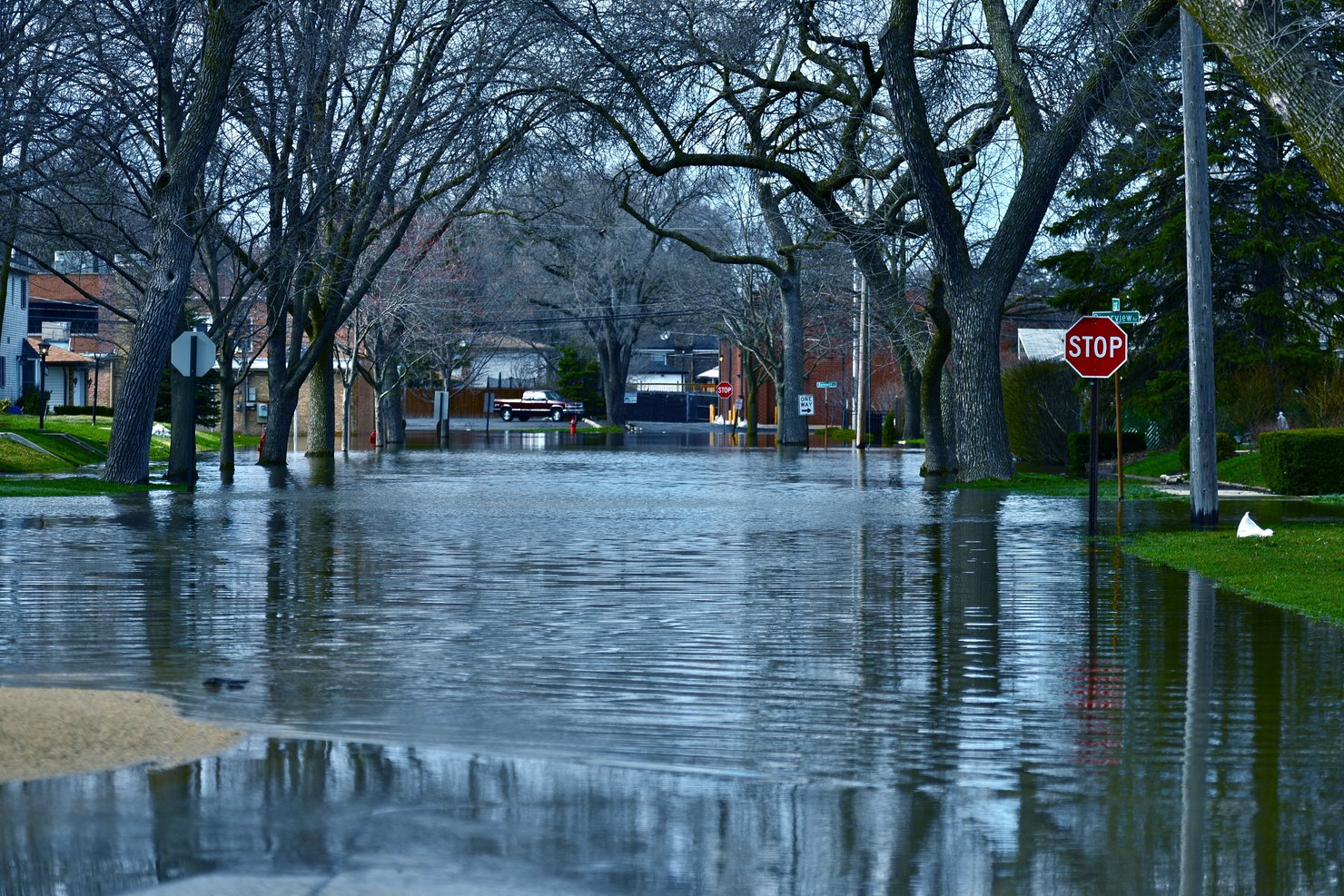Each week, we’re compiling the most relevant news stories from diverse sources online, connecting the latest environmental and energy economics research to global current events, real-time public discourse, and policy decisions. Here are some questions we’re asking and addressing with our research chops this week:
Coronavirus has been threatening human health and disrupting communities globally. As the pandemic slows the economy, how will the public health crisis affect American oil communities and oil price volatility?
Oil prices plummeted this week, after fears surrounding the coronavirus pandemic exacerbated a pricing standoff between Saudi Arabia and Russia, the world’s two biggest oil exporters. Coronavirus—which has spread globally, infected well over a hundred thousand people, and encouraged much of the world to avoid commutes and all non-essential travel—is dramatically reducing demand for oil and potentially imposing unique burdens on communities dependent on revenue from oil production. But last week, after Russia refused to join OPEC in curbing oil production in response to the crisis, Saudi Arabia retaliated by cutting its own prices and accelerating production. While tensions between the two oil giants have flared up before, this price war is “strikingly different” because a worsening pandemic could influence outcomes in unpredictable ways. And while the potential economic consequences of COVID-19 and volatile oil markets remain unclear, the Trump administration is already considering possible federal aid to American shale companies burdened by the price war.
In a new blog post, RFF Senior Research Associate Daniel Raimi explores the implications of tanking oil prices on American communities that are reliant on the oil industry, along with some policy solutions that might be advisable if the crisis worsens. While oil busts have not necessarily been catastrophic for Americans in the past, “the larger footprint of the US oil industry means that a downturn that dips lower and lasts longer may be a drag on the broader US economy,” according to Raimi. While near-term policies “supporting the communities and workers … hit hard by the bust” might be preferable to federal actions targeting companies and shareholders, Raimi also contends that long-term efforts to help local oil economies diversify could mitigate some of the consequences of future oil crises. For more, read Raimi’s blog post.
Related research and commentary:

How can flood insurance assist the increasing number of communities at risk of catastrophic events due to climate change?
As climate change raises sea levels and makes powerful storms more likely, the issue of how to protect communities from flooding—and provide them with the resources to rebuild and recover losses—is more pressing than ever. Globally, flooding caused $82 billion of damage last year, only $13 billion of which was insured. In the United States, the Federal Emergency Management Agency (FEMA) provides more than 96 percent of all flood insurance through its National Flood Insurance Program—which currently is encumbered by more than $20.5 billion of debt. FEMA’s attempt to modernize the National Flood Insurance Program is raising alarm among some experts and city officials; as the program begins operating more like a private insurer, premiums in high-risk areas may skyrocket, potentially triggering a foreclosure crisis in low-income neighborhoods in vulnerable cities like Miami and New York.
This week on the Resources Radio podcast, Carolyn Kousky, an RFF university fellow and the executive director at the Wharton Risk Management and Decision Processes Center at the University of Pennsylvania, explores strategies for improving flood insurance and adapting to future flooding threats. “The people who really need insurance the most are lower-income families that don't have other sources of recovery, and yet they're the ones that are least able to afford it. I think there's this real need for policy reform to make insurance something that low-income families can have access to,” Kousky says. Advocating for a focus on “risk reduction” rather than mere “risk transfer,” Kousky highlights the potential for natural systems and green infrastructure to reduce disaster risk and provide co-benefits such as improved ecosystems and increased carbon sequestration. Listen to the podcast to learn more.
Related research and commentary:

Why were carbon pricing proposals excluded from the Senate’s expansive, bipartisan energy package?
The leaders of the Senate Energy and Natural Resources Committee have coalesced around a comprehensive 550-page bill that, if passed, could be “the most consequential energy legislation passed by Congress in 13 years.” Though a vote is delayed because of emergency coronavirus legislation, and senators still have to work through disagreements surrounding proposed regulations on hydrofluorocarbons, the bill has generated rare bipartisan support. The bill incorporates elements from over 50 other bills from Republicans and Democrats and covers energy issues as diverse as solar power investment and energy storage research; however, the proposal notably excludes specific emissions reductions goals and any provisions related to carbon pricing. While carbon pricing remains politically contentious, it has prominent backers in the Senate, and eight carbon pricing bills were introduced in the 116th Congress alone.
Though the majority of economists agree that carbon pricing is an economically efficient approach to reducing emissions, the actual design of carbon pricing schemes is highly variable. To illuminate how decisionmakers interested in carbon pricing are approaching key policy considerations, RFF released a comprehensive Carbon Pricing Bill Tracker this week that clarifies the differences among the eight proposals currently before Congress. From the Energy Innovation and Carbon Dividend Act—which boasts 80 cosponsors and would distribute revenue to American citizens through carbon dividends—to Senator Chris Van Hollen’s unique cap-and-trade proposal, the tracker provides a comprehensive overview of the proposals gaining traction in Congress. For more on which ideas are generating bipartisan support, which types of greenhouse gases would be impacted, and which proposals incorporate automatic adjustment mechanisms, consult the tracker.
Related research and commentary:








